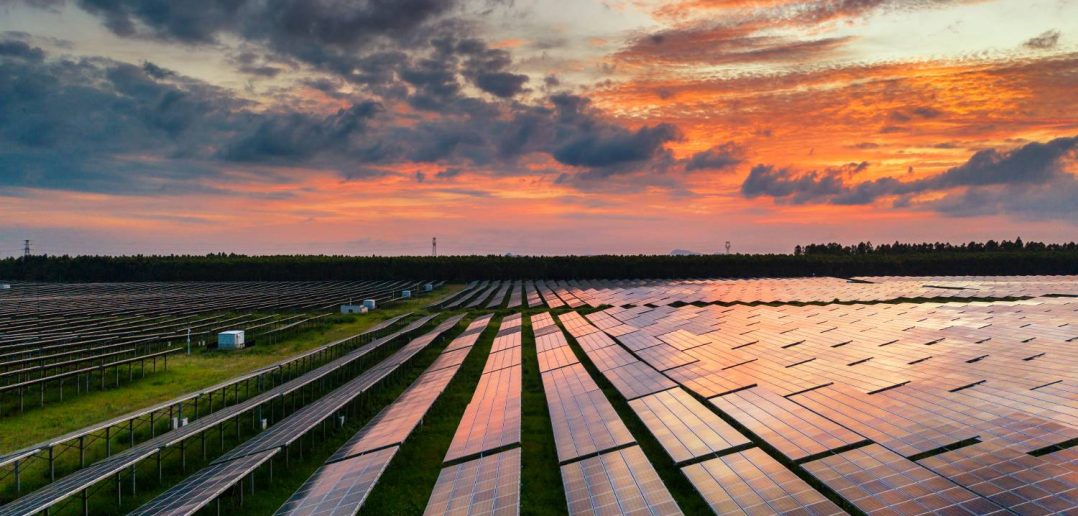Artificial Intelligence (AI) can drive environmental innovation (EI) in sustainability and reduction of carbon emissions. However, the use of AI itself also comes with environmental costs. The high computational requirements of AI-based systems lead to significant energy consumption, contributing to greenhouse gas emissions. The energy consumption of AI systems can be attributed to the energy needed to process the exponentially increasing data stores needed to power model development and innovation.
Innovations in AI are touted with increasing frequency and can be both awe-inspiring and scary. On the one hand, AI has the potential to drive economic growth, improve social well-being and help achieve global sustainability goals. On the other, AI raises serious ethical concerns and risks for data security and privacy, job losses due to automation, increasing emissions from data centers and more.
Despite AI’s contribution to global emissions being relatively small (1.8% to 3.9%) compared to other sectors, the rapid growth of AI-based technology raises concerns about its environmental impact. IDC research says spending on AI hardware and software is increasing at a compounded annual growth rate of 24%. The big question is whether AI emission mitigation innovations can offset its CO2 footprint in the race to limit global warming.
Let’s explore how AI can help address climate change while assessing this technology's risks and ethical concerns.
AI and EI: Driving sustainability and emissions reduction
The potential for AI and environmental innovation as a force in the fight against climate change is vast, and their application in agriculture is a prime example.
When David Knight, Director of Turf and Compact Utility Engineering at John Deere, presented at the Raleigh Chamber's inaugural sustainability conference in 2023, he showed how they use AI and machine learning to help improve crop yields and reduce resource consumption. This includes working with farmers to treat fields using 80-90% less herbicide. The project results include less water and energy use, reduced emissions, and improved crop yields and profitability.
Long-term, John Deere said it hopes to develop environmental innovation to help feed the projected 10 billion people on Earth by mid-century. John Deere is also transitioning from products reliant on gas and diesel to electricity. If their new zero-emission electric riding mowers are as fast as EVs, consider how much faster you could mow your yard!
At SAS, our road map to net zero includes investments in renewable energy, office building and data center optimization, and supporting the vehicle electrification movement. Our latest initiatives are focused on increasing the network of SAS’ smart campus.
Thanks to growing AI-enabled smart sensors across our operations, we can stream data from these sensors and building management systems to improve our understanding of how buildings and equipment can work better. They are helping us enhance efficiencies and prioritize daily work schedules.
We also use IoT for several projects, including accessing energy data in our older campus buildings, recording data at our solar farms, gauging indoor air quality, monitoring dumpster volumes, tracking soil information at our culinary farm, gauging stream flood levels, regulating correct operations of our café freezers and refrigerators, monitoring the health of our beehives and more. Environmental innovation gains have helped us reduce emissions by over 50% off our 2018 base year.
Balancing progress and action: Addressing risks and ethical concerns
While both John Deere and SAS demonstrate excellent use of AI as a force for good, we must also be mindful of the potential downsides to progress and make sure there is complete transparency about the risks, access to data, and adequate governance to address both the risk and ethical concerns. The environmental impacts of AI computing and applications should be further measured and understood.
As the Chief Environmental Officer at SAS, I want to ensure our progress does not result in adverse climate action. Do the emission reductions we attribute to AI result in net emission increases for the planet? Is the “large-scale era” of computing associated with AI increasing overall emissions? According to the International Energy Agency, data center energy use in the past decade has remained a relatively flat 1% of global electricity demand despite significant growth in data traffic. Given the rapid growth of AI computing demands, this is at least one positive indicator that AI is trending in the right direction.
As an analytics company, we acknowledge that the data shows how climate change affects our planet at an unseen rate. Outside of cataclysmic events like a dinosaur-killing comet hitting the Earth, greenhouse gas emissions have been higher in the past. However, it’s the current rate of change that is particularly troubling and a potential threat to our existence.
Can the pace of AI and the carbon-intensive resources needed to support its development win out over climate change and the mitigation actions required to limit the worst effects? Time will tell.



1 Comment
There are too much benefits from AI for climate change, some highlighted here, to curtail AI use based on data center emissions. AI is a net gain. Considering that there are new technologies being innovated, like Crusoe Energy running data centers and AI operations off flaring of the greenhouse gas methane (40-80X CO2) from oil and gas operations, data center & AI energy consumption can be kept in check while AI climate mitigation and adaptation innovation will grow exponentially.